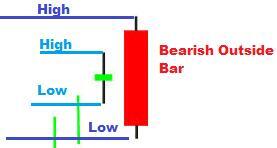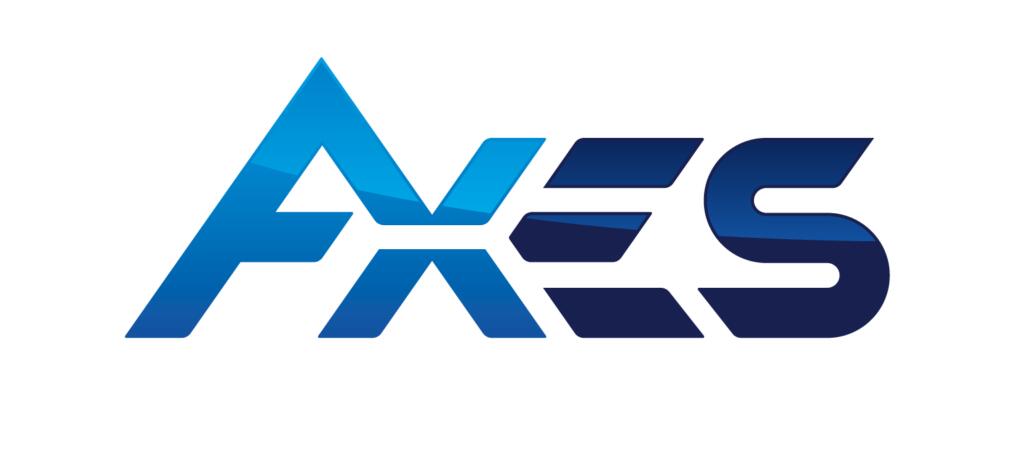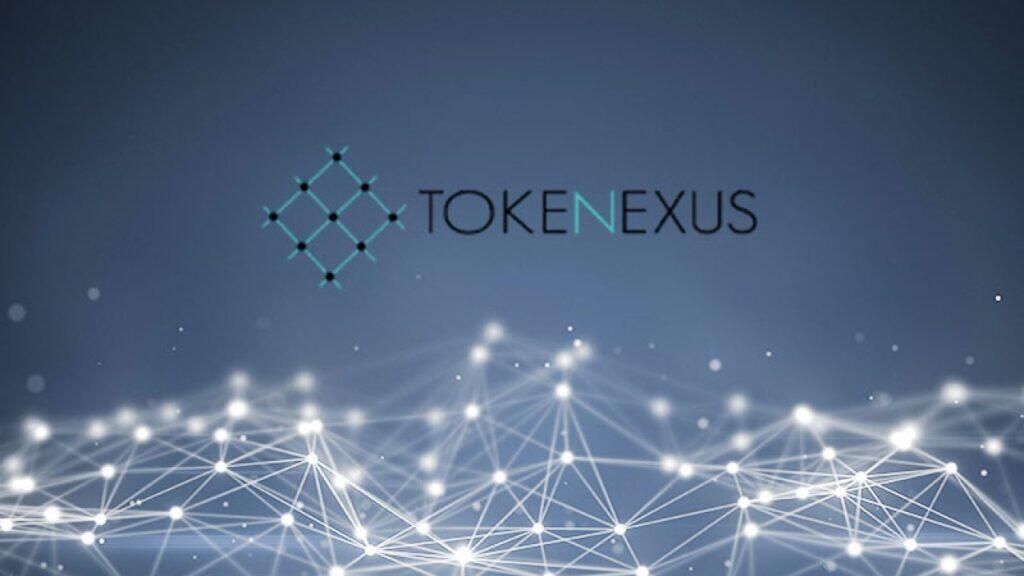Contents:


The vastly popular image processing tool OpenCVOpenCV has multiple interfaces like C++, Python, Java, and MATLAB, and it supports most operating systems, including Windows, Android, Linux, and Mac. The computer vision library is widely used by international companies, including Google, Facebook, IBM, Toyota, Sony, Honda, and Microsoft. One of the most favourite languages amongst the developers, Python is well-known for its abundance of tools and libraries available for the community. The language also provides several computer vision libraries and frameworks for developers to help them automate tasks, which includes detections and visualisations.
SimpleCV is an open-source collection of libraries and software that allows you to develop machine vision applications easily. CUDA is a parallel computing platform and application programming interface model developed by NVIDIA. It allows developers to use the power of GPUs to make processing-intensive applications faster.
Top 10 Best Computer Vision Companies In USA 2023 – Inventiva
Top 10 Best Computer Vision Companies In USA 2023.
Posted: Mon, 03 Apr 2023 07:00:00 GMT [source]
NVIDIA Metropolis makes it easier and more cost-effective to develop, deploy, and manage AI-vision applications and services across any industry including retail, manufacturing, smart cities, agriculture, and more. Deploy the trained model to hardware to monitor and detect the next time Fido leaves the house using an installed camera. Below, a high-level diagram summarizes the AI-based CV solution.
computer vision libraries computer vision models for gesture recognition, heart rate monitoring, mask detection, and body pose estimation in a hospital room to detect falls. Build, manage, and deploy workflows in medical imaging, medical devices with streaming video, and smart hospitals. Segmentation involves locating objects or regions of interest precisely in an image by assigning a label to every pixel in an image. This way, pixels with the same label share similar characteristics, such as color, or texture. Segmentation models are very commonly used in medical imaging for performing tasks like automatically detecting tumors in Magnetic Resonance Imaging scans. Detection involves locating and localizing an object or multiple objects within an image or a video frame.
NVIDIA CUDA-X
And at the same time, don’t get overwhelmed with all the choices you have. Pick one tool and explore it in-depth based on your needs and requirements. OpenCV is amazing because of its vast community consisting of over developers who have an answer for almost any problem that you may encounter. Deploying the algorithms seamlessly, anywhere, and on any platform. A Compute Unified Device Architecture based graphics processing unit interface has been in progress since September 2010. In August 2012, support for OpenCV was taken over by a non-profit foundation OpenCV.org, which maintains a developer and user site.

With Udacity’s specialized Computer Vision Nanodegree program, you too can start leveraging your Python skills to develop computer vision applications to add to your portfolio. Yet as computer vision continues to advance towards its goals, we may hope that these will one day be accomplished. One such key objective is to attain a level of information processing through images and other visuals that’s comparable to that of humans. If you decide to work on a production-level computer vision system, make sure that you review the documentation for any frameworks or libraries you choose and understand their performance implications.
Build analytics for AI-based multi-sensor processing, video, audio, and image understanding. Fine-tune pretrained perception models with custom, physically accurate 3D synthetic visual data generated in minutes or hours rather than months. NeRF involves creating three dimensional content from inferring between two or more two dimensional image inputs.
NVIDIA KAOLIN Library
We all have heard about Nvidia for providing with the most awesome GPUs for training your computer vision models faster. But Nvidia also has its library for developing the computer vision models, named VisionWorks. The services are used by millions, to develop various applications, including the companies own products developed over these technologies. Looks like no tech giant is backing out in this race to provide computer vision services.
- NVIDIA Metropolis makes it easier and more cost-effective to develop, deploy, and manage AI-vision applications and services across any industry including retail, manufacturing, smart cities, agriculture, and more.
- Free access to these libraries also reduces the time and need to develop new solutions.
- End-to-end platform to build and deliver all computer vision applications with one solution.
- Caffe is a deep learning library created by Berkeley AI Research .
- C++ is one of the most popular programming languages in use today, with many libraries available for it.
So the demand for quality computer vision tools and libraries increases accordingly. SimpleCV is an open source framework for building computer vision applications. OpenCV can be used to develop models of various categories like, facial detection and recognition, object detection and tracking, 3D model extraction, and almost any other application that you can think of. Unlike OpenVINO, OpenCV has far more applications and use cases to it.
Already have some code that you want to see as a part of the library? This website is using a security service to protect itself from online attacks. There are several actions that could trigger this block including submitting a certain word or phrase, a SQL command or malformed data.
Install Intel® Distribution of OpenVINO™ toolkit for Windows* 10 – OpenVINO™ Toolkit
If you take the leap, here are the pros and cons you can expect. VIGRA is a cross-platform C++ computer vision library for image processing and computer vision algorithms. It includes many useful features such as support for color spaces , object tracking, homography estimation, and more.
Exploring the Potential of XR Technology for Virtual Decoration – Medium
Exploring the Potential of XR Technology for Virtual Decoration.
Posted: Wed, 19 Apr 2023 07:54:50 GMT [source]
NVIDIA® software enables the end-to-end computer vision workflow—from model development to deployment—for individual developers, higher education and research, and enterprises. SimpleCV is a python framework for creating a more human readable programming interface to OpenCV. Good for fast prototyping some image processing with high level API. Contribute to the OpenCV library by providing coder time or by being part of development decisions. Please checksamples– for the preferred style (small code size, cross-platform).
Internally, the algorithm finds locations in the camera’s view that may indicate a human face by scanning the image and finding groups of pixels that match a human-face pattern. If a face is found, the algorithm draws a visible box around it — so that the user knows that the human in the picture is now in focus — and adjusts the camera’s settings to get the best possible shot. It is a complete library with all the basic and advanced features that one may require to develop a computer vision application. SimpleCV is written in Python and is compatible with multiple operating systems such as Mac, Windows, and Linux. Matplotlib is a comprehensive visualisation library for creating static, animated and interactive visualisations in Python. The library can perform various functions like developing publication-quality plots, export and embed to a number of file formats and interactive environments, and more.
Programming language
End-to-end platform to build and deliver all computer vision applications with one solution. Pytessarct or Python-tesseract is an optical character recognition tool for the Python language. This tool is a wrapper for Google’s Tesseract-OCR Engine and helps in recognising and reading the text embedded in an image. Create virtual collaboration and content creation applications with video effects, audio effects, and augmented reality. Learn how to develop applications using NVIDIA’s industry-specific software products and platforms.

Fastai is a deep learning library that provides high-level components which can quickly and easily provide state-of-the-art results in standard deep learning domains. It also provides researchers with low-level components that can be mixed and matched to build new approaches. Depending on your skillset, project, and budget, you may need different computer vision programs, toolkits, and libraries. Some of the suggested libraries will need little prior knowledge of deep learning, but they may not be free.
SimpleCV
At viso.ai, we power the leading no-code computer vision platform Viso Suite, which is also included in the list below. Written in Python, Keras is a high-level neural networks library that is capable of running on top of either TensorFlow or Theano. The library was developed with a focus on enabling fast experimentation. NVIDIA’s deep expertise in artificial intelligence and high-performance computing provides endless opportunities to meaningfully impact the world. Increase throughput of AI-based computer vision and image processing pipelines at lower cloud-computing and energy costs. Unlike other libraries, this is not as capable to achieve the state-of-the-art performance models and development.

Researchers have developed a wide range of tools, and software libraries to power various applications and projects with such computer vision capabilities. The focus of this article is to make you aware and familiar with these technologies and redirect you to the documentation that will help you in learning how you can use them in your own applications. All thanks to a multidisciplinary field of research/study called Computer Vision. Computer vision enables a machine to perceive, classify, recognize, and react to objects around it.
It allows you to resize and rotate images, and detect edges, among other tools. When put into practice it is a vital library for computer vision in Python. Is a library that allows developers to process images and videos containing faces. If you’re getting started with facial tracking for instance, this library can help you determine the location of specific facial landmarks within an image. AR is how you can “bring to life” your own mythical creatures and watch them jump around your kitchen cabinets.
OpenNI supports both desktop and mobile platforms including Windows, macOS, Linux, Android, iOS, and Raspberry Pi. We hope this article helped you to find the best computer vision tools and software available right now. These are sure to assist you in developing the most powerful and effective computer vision-related solutions you need. In this article, we explore the most popular computer vision tools and their uses, to help you make informed decisions when selecting the right tool for your project. The tool is also useful as a stand-alone invocation script to tesseract, as it can read all image types supported by the Pillow and Leptonica imaging libraries, including jpeg, png, gif, bmp, tiff, and others.
Languages
Official releases now occur every six months and development is now done by an independent Russian team supported by commercial corporations. Developers can choose to either send output to a file or to simply print the text on a console. Pytesseract supports numerous file types, including common ones like JPEG, PNG and GIF.
Machine Learning in the Legal Industry – Potential, Pitfalls and How … – Lexology
Machine Learning in the Legal Industry – Potential, Pitfalls and How ….
Posted: Wed, 19 Apr 2023 08:22:56 GMT [source]
https://forexhero.info/‘s data models and documentations are distributed under Creative Commons Attribution 4.0 International License. For computer vision community, there is no shortage of good algorithms, good implementation is what it lacks of. After years, we stuck in between either the high-performance, battle-tested but old algorithm implementations, or the new, shining but Matlab algorithms. All-in-one Computer Vision Platform for businesses to build, deploy and scale real-world applications.
- The vastly popular image processing tool OpenCVOpenCV has multiple interfaces like C++, Python, Java, and MATLAB, and it supports most operating systems, including Windows, Android, Linux, and Mac.
- CAFFE or Convolutional Architecture for Fast Feature Embedding is a deep learning and computer vision framework developed at the University of California, Berkeley.
- Tensorflow, like OpenCV, also supports various languages like Python, C, C++, Java, or JavaScript.
- The library offers an easy way to perform face recognition-based computer vision with Python.
OpenCV offers a wide range of features, including face detection, object tracking, color recognition, and more. Viso Suite includes over 15 products in one solution, including image annotation, model training, model management, no-code application development, device management, IoT communication and custom dashboards. Enterprises and governmental organizations worldwide use Viso Suite to build and operate their portfolio of computer vision applications .